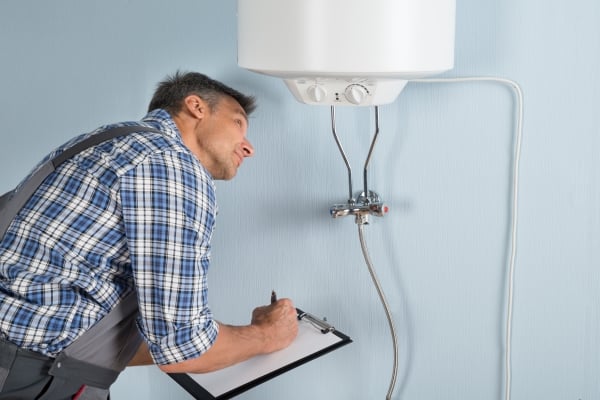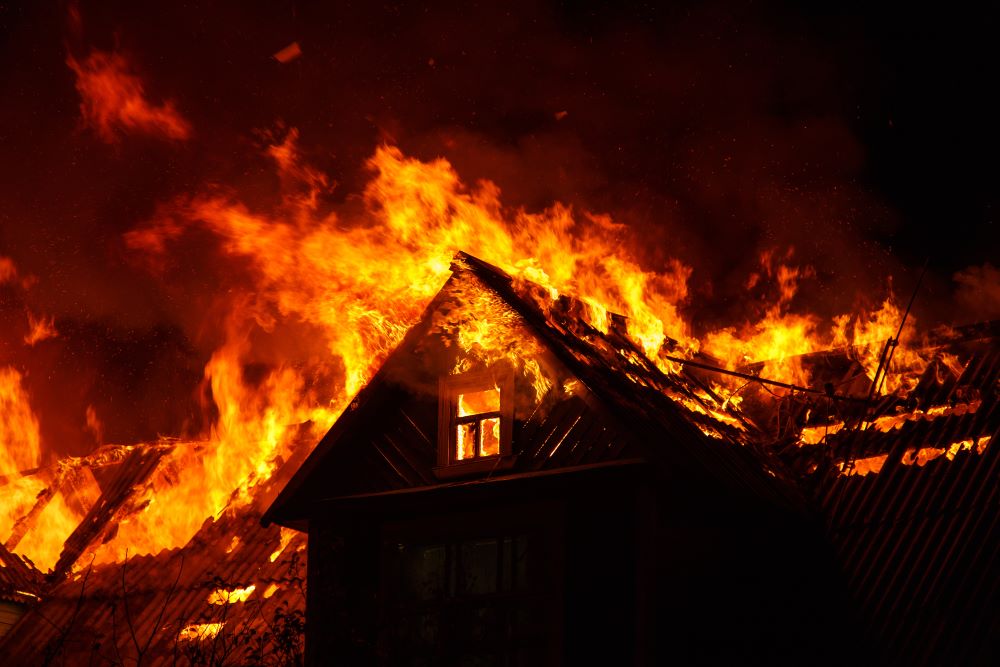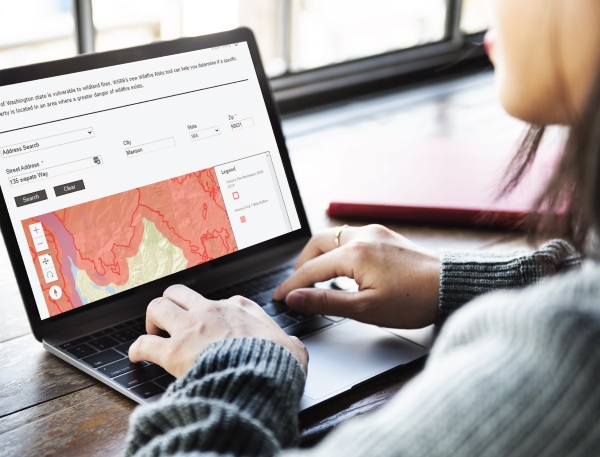Sometimes, a small investment in home maintenance can prevent thousands of dollars in damage if something breaks. And, as insurers know, something will eventually break.
Homeowners insurance claims related to water are among the most common and expensive. Much of the damage caused by water-related claims could be prevented with the right maintenance, and new Washington state legislation enables property insurers to encourage that maintenance. Washington Substitute House Bill 2322 (HB 2322) allows insurers to provide non-commercial customers with goods and services worth up to $1,500 per year to mitigate risk.
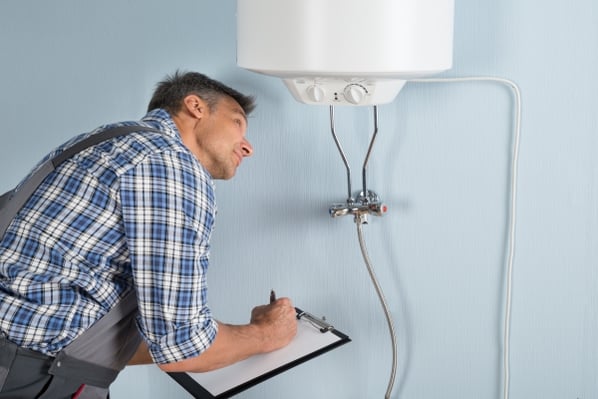 Checking water lines can help identify those that
Checking water lines can help identify those that
need replacement — before they leak
Related:
Learn more about HB 2322 in our white paper
We’ve already covered some of the smart home devices insurers may want to offer under HB 2322 to reduce water-related and other risks. Now let’s consider low-tech — but still highly effective — goods and services insurers could offer to reduce water-related damage.
Weather-related water damage
February’s snowy weather reminded us that even Western Washington can see low winter temperatures and create risk for two major sources of weather-related water damage: ice dams and frozen pipes.
Ice dams can cause expensive damage to homes. They form during and after snowstorms when two things happen: ice accumulates in a gutter and, further up the roof, heat escaping from the roof causes snow to melt. The ice in the gutter forms a dam, blocking the melting snow from draining. The water sits on the roof, behind the dam, and eventually seeps into the home, damaging the ceiling, insulation and anything else the water touches. Ice dams can shear off gutters and part of the roof and cause mold and mildew.
A low-cost way to prevent ice dams is to install heating cables inside the gutters and the downspouts, where they prevent ice from forming.1 Cables cost between $1 and $6 per linear foot, depending on the features,2 making them a potentially attractive item insurers can offer customers.
A properly ventilated roof is the ideal way to prevent ice dams from forming in the first place. A roofer can do this work on a home, but the cost may exceed the $1,500 limit set by HB 2322, depending on the amount of work necessary.
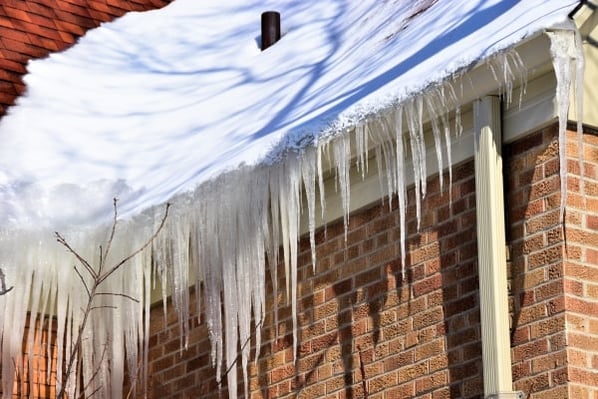 Ice dams like these can cause expensive damage to a home
Ice dams like these can cause expensive damage to a home
Related:
Help Your Customers Protect their Homes with Smart Devices
Pipes freeze when not properly protected from the elements. Valve insulation covers pop on and off outdoor spigots and other outdoor pipes. Insurers could provide the covers and send customers reminders each fall to install them. Pipes in crawl spaces may also freeze if they’re not properly insulated. Insulation tape is inexpensive and effective, and insurers could offer it to customers to reduce risk, along with an offer to pay for some or all of the installation labor costs.
Non-weather-related water damage
Non-weather-related water damage often results from leaking supply lines on washing machines, toilets, faucets, sinks and dishwashers. Regularly replacing these lines, according to manufacturer guidelines, is an easy and cost-effective way to prevent this kind of damage.
Insurers could pay some or all the costs to replace the supply lines. Insurers may even find it’s cost-effective to pay for an installer to ensure the new lines are put in properly and on schedule.
Deteriorated caulking can also lead to leaks in bathrooms, causing water damage to the walls and flooring. If leaks go undetected long enough, they could cause significant damage to other parts of the home. Under HB 2322, insurers could pay for the caulking to be replaced to prevent leaks.
Inspections
With so many potential sources of water damage — and so many prevention options — insurers may want to consider offering customers a water-risk home inspection. Inspectors could look for signs of damage to water supply lines and caulking and check to see if pipes need insulation. They could also show homeowners how to install valve insulation covers and, if useful, heating cables to prevent ice dams.
Based on the results of the inspection, the insurer may then offer goods or services that would most benefit the homeowner and reduce the insurer’s risk.
What you can do today
At this stage, insurers are exploring how they might turn HB 2322 into a win-win for customers and themselves. The legislation permits pilot programs to run for two years, giving insurers time to try a number of the suggestions above. What proves cost-effective for one insurer may not work as well for another, so each insurer will need to conduct its own cost-benefit analyses and experiments to determine which goods and services deliver real value to both the policyholder and insurance company.
For pilot and permanent programs, the Office of the Insurance Commissioner (OIC) specifies the kinds of goods and services insurers may provide. Other goods or services, including those listed above, may require approval from the OIC through a form filing. You can find the final rules related to HB 2322 here.
Sign up for our blog to get the latest updates on this and other issues affecting property insurers in Washington.
[1] Bob Vila, https://www.bobvila.com/articles/roof-and-gutter-deicing-cables/
[2] CostOwl, https://www.costowl.com/home-improvement/winter-roof-heating-cable-cost.html




